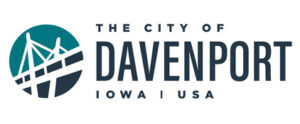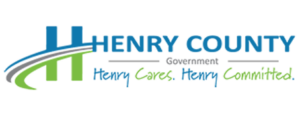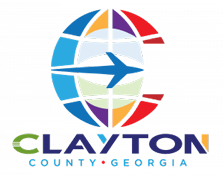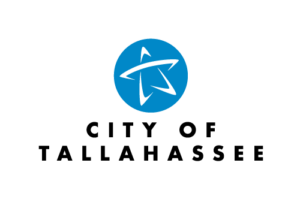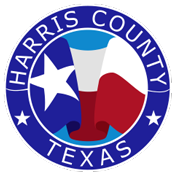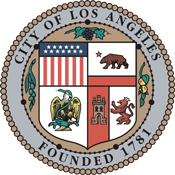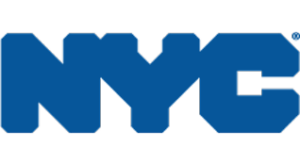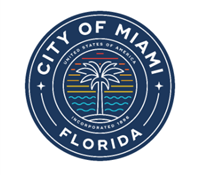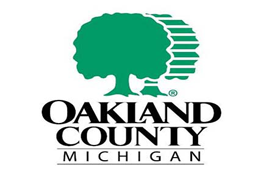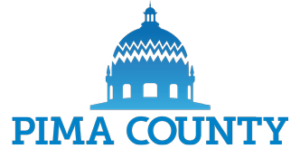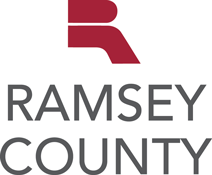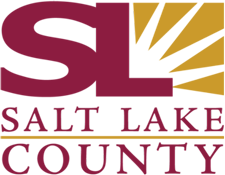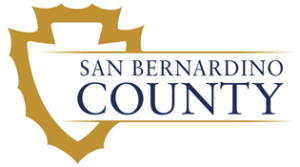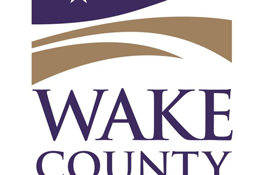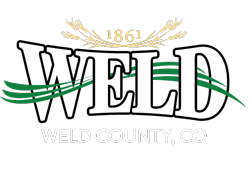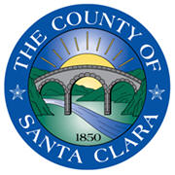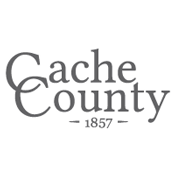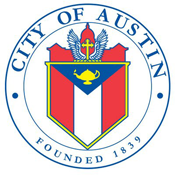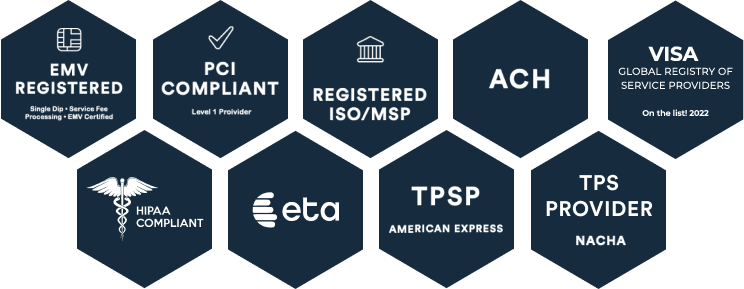What Is an eCheck? Understanding Digital Checking
An eCheck, which is short for electronic check, is a digital version of a traditional paper check. Rather than filling out a paper check, signing it, and delivering it to someone in person or by postal mail, you can perform this transfer of funds digitally with an eCheck.
An eCheck is processed through the Automated Clearing House (ACH) network, which facilitates a secure transfer of funds between financial entities. The information required to process a payment via eCheck remains the same. Still, instead of being written out on a check, the information is entered into digital fields and submitted through an online platform or payment gateway. Once cleared, the funds are debited from the payer’s account and electronically deposited into the payee’s account.
The Difference Between eChecks and ACH Payments
The terms eCheck and ACH payment are sometimes used interchangeably. ACH eCheck refers to ACH payments made through an electronic check method. An ACH payment is any payment made over the Automated Clearing House network, and an eCheck is one specific type of ACH payment.
eChecks
- An eCheck is typically initiated by the payer using their bank’s digital system or through a merchant’s payment gateway. The payer inputs their banking information to initiate a transfer.
- The processing time for eChecks can vary depending on the banks, sometimes taking a few business days for the funds to clear. Due to an additional verification step, eChecks can take slightly longer to process than other ACH payments.
- eChecks are often used for online purchases, bill payments, and other transactions where a traditional paper check could have been used.
ACH Payments
- ACH payments can be initiated by either the payer or the payee. These transactions can also be scheduled as recurring payments or used in singular transactions.
- The typical processing time for ACH payments is one to three business days. Occasionally, ACH payments can even be processed on the same day.
- ACH payments are often used for payroll processing, vendor payments, recurring bill payments, and many B2B transactions.
How eChecks Streamline Payment Processes
The digital age has reshaped financial transactions, moving from conventional paper-based payment methods to digital solutions. The eCheck is one modernized approach that replaces paper check payments.
You might see an eCheck utilized where a paper check could have been used, including:
- Bill payments like rent, utilities, or insurance premiums
- Donations to charity organizations
- Online purchases
- Payroll processing
- Subscription-based services
The option to pay by eCheck is often seen in scenarios allowing automatic recurring payments. Organizations often opt for this payment option to bypass the need for credit card information, to offer a paperless option, or to simplify the payment process while keeping an electronic record of each transaction.
As a versatile and efficient payment option, eChecks are advantageous for several reasons:
- Convenient: With eChecks, payments can be initiated and processed entirely online, eliminating the need to write, mail, and process paper checks.
- Cost-Effective:eChecks offer cost savings compared to paper checks, as they require no printing, postage, or manual processing.
- Fast: eChecks process payments quicker than paper checks. Funds can be transferred in days, hastening the payment cycle.
- Secure:eChecks operate with security features like encryption and authentication. Compared to paper checks, they’re also nearly invulnerable to loss, theft, or fraud.
Ultimately, eChecks offer a fast, secure funds transfer method without physically handling any payments in the process.
How the eCheck Payment Process Works
Here’s a step-by-step explanation of how eChecks work:
- An eCheck transaction is initiated when the payer or originator interacts with an electronic payment system.
- If not already provided, the payer inputs the necessary information to fill out the eCheck, including:
- The payee’s name
- The payer’s bank account number
- The bank’s routing number
- The amount to be paid
- The payer submits the information to authorize the payment with their bank, verifying the payer’s information and authorizing the funds transfer.
- The payment information is transmitted electronically through the ACH network.
- The payee’s bank receives the payment information and processes the funds transfer.
- After the transfer, both parties are notified of the transaction, and the payer’s bank clears the funds and settles the transaction.
- The eCheck is considered complete after the funds have been successfully transferred between the two banks, after which the payee can access the funds.
eChecks: Key Terminology
Account Number: The unique identifier assigned to an individual bank account, which is required for eCheck transactions
Automated Clearing House (ACH): The network that facilitates secure funds transfer between banks and financial institutions, through which the transaction is processed
Originator: The party initiating the eCheck transaction, usually the payer or agency
Receiver: The party receiving the eCheck payment, like a vendor or specific department
Routing Number: The unique identifier assigned to a bank or financial institution that is used to direct payments to the correct account
Settlement Date: The date on which the funds are successfully settled or transferred to the payee’s account, usually a few business days after the transaction date
Transaction Date: The date on which the eCheck transaction is initiated, usually when the funds are debited from the payer’s account
Advantages and Disadvantages of eChecks for Citizens and Consumers
Using eChecks has several pros and cons for the average citizen or consumer.
Advantages:
- Convenience:eChecks make it easy to make payments from home or on the go without the need to physically visit a location.
- Inexpensive: Consumers do not have to purchase checks or postage or pay bank fees associated with eCheck processing.
- Speed and Predictability:eChecks benefit from fast, automated payment processing. Because it’s all done digitally, consumers don’t have to wait for the payee to decide to deposit or process the payment
Disadvantages:
- Transaction Issues: eChecks may sometimes be rejected or delayed due to insufficient funds or incorrect information, which can be inconvenient for consumers.
- Limited Acceptance: Some companies or organizations may not accept eChecks as a payment method, limiting consumer options when making payments.
- Digital Security Concerns: Though security measures are enhanced with eChecks, payments made in the digital world may be subject to cybersecurity threats.
The Benefits and Challenges of eChecks for Government Finance Departments
Government finance departments are in charge of large volumes of transactions, such as payments to vendors, employees, and other departments or agencies. Utilizing eChecks as a payment method offers several advantages but also comes with its own challenges.
Benefits:
- Cost Savings: eChecks incur lower processing costs than other payment methods, which can help government agencies reduce expenses related to payment processing.
- Efficiency:eChecks reduce the administrative burden for government finance staff, which contributes to better cash flow management.
- Security: Electronic payments reduce the risk of check fraud, interception, or theft during the payment process.
- Accessibility: eChecks allow for remote payment initiation and processing, which offers greater accessibility for governments serving diverse communities or remote areas.
- Tracking and Reporting:eChecks are easily tracked and reconciled due to digital trails, making them easier to record, report, and audit.
Challenges:
- Technology Requirements:eChecks require government departments to invest in a compatible payment processing system.
- Cybersecurity Risks: While eChecks are highly secure, the potential dangers of eCheck transactions are due to the digital landscape and include hacking, phishing, unauthorized access, and malware attacks.
- Vendor Compatibility: Not everyone will initiate or accept eCheck payments, especially smaller businesses or vendors who prefer other payment methods.
- Compliance: Government finance departments must ensure the eCheck process complies with regulatory standards and requirements.
- Unexpected Fees: Like paper checks, eChecks may be rejected or returned, which could incur fees or penalties.
Considerations for Local Government Finance Departments
For government finance departments, the smooth adoption of eCheck processes can hinge on these key considerations.
Compliance Checks
Government finance departments must ensure adherence to all relevant regulations and compliance standards, including the Payment Card Industry Data Security Standard (PCI DSS) and the National Automated Clearing House Association (NACHA) rules.
Integration with Existing Systems
Before adopting eChecks, government finance teams should double-check compatibility with existing financial management tools. This is important for seamless integration of the new system.
Team Training
Every relevant member of a government finance team should be equipped with the skills they need to navigate the eCheck process smoothly. Comprehensive and ongoing training keeps all relevant staff up-to-date and on board.
Vendor Relationships
Reliable, efficient eCheck processing is essential for vendor relationships. Partnering with a trusted payment solution provider with experience serving government agencies is one way to ensure reliable services.
Unlock Efficiency with CORE’s Digital Payment Solutions
CORE’s cutting-edge digital payment solutions are designed to meet the evolving needs of modern organizations with eChecks and many other payment options. Our platform offers a range of features tailored to government agencies to streamline operations for you and your citizens alike, including:
- Seamless automatic online payments
- Convenient eBilling services
- User-friendly kiosk transactions
- Mobile payment capabilities
- Recurring payment setup
Find out how CORE revolutionizes financial management for government agencies with a unified, user-friendly platform that elevates efficiency for your government finance department.







